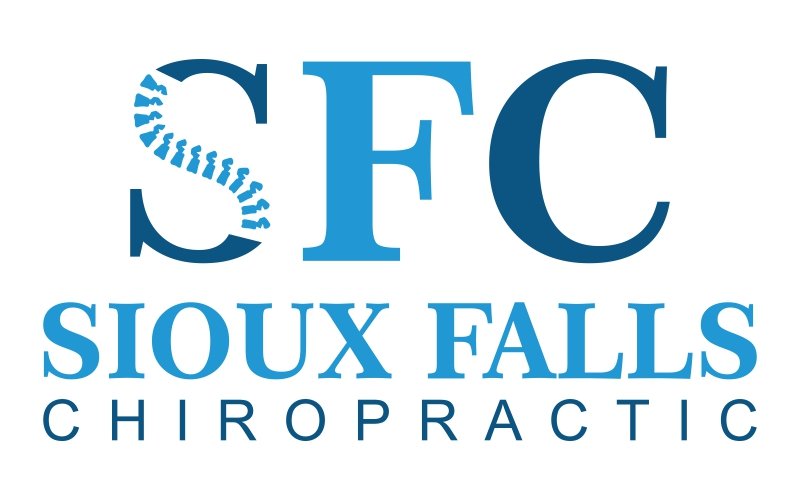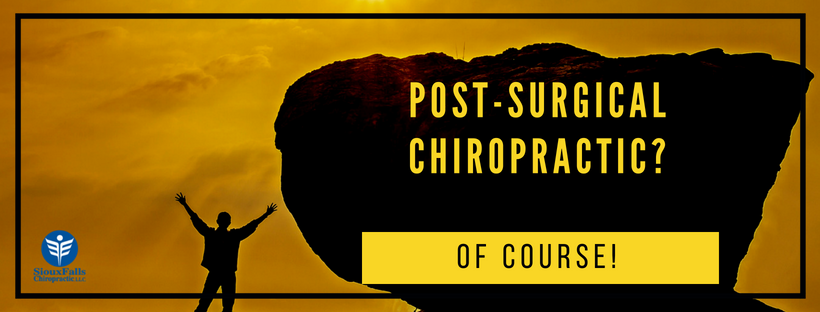Post-Surgical Chiropractic? Of Course!
The vast majority of those who opt for a surgical procedure to alleviate pain and discomfort don’t do it casually. Typically, the surgical option is only discussed after seemingly endless months of treating symptoms with pain killers, muscle relaxers, physical therapy, chiropractic adjustments, acupuncture, massage and other methods. When treating the symptoms isn’t enough, treating the cause through surgery, is often the only option.
Just because your surgery resolved the cause of your pain doesn’t mean some of those old symptoms will simply stay away. In fact, post-surgical muscle spasms, weakness and even pain will still exist, but this time, for another reason: Your body is compensating for the change.
In any surgical procedure, you have to keep in mind the maneuvers your surgeon had to go through to get to the cause of your problems. The surgical process often requires muscles, ligaments and other tissues to be penetrated, stretched or cut, resulting in the need for those tissues to heal. Like before your surgery, this healing process will involve spasms, weakness and pain.
Most surgeons will agree the result of your surgery will make the surgical area stronger than those areas around it. In fact, a danger following surgery is that the stress and abuse that used to be absorbed by the surgical area will transfer to the areas immediately adjacent to it. This is true for knee surgery (stress absorbed by the ankle, hip, back) just as it is for neck surgery (stress absorbed by shoulders and spine).
Because of this compensation, your sore muscles and pain may not actually be from the old injury, but could be asymptomatic of new stress in new areas of your body. To counteract this phenomena, good flexibility and mobility of those adjacent areas -- and really your entire body -- is required.
One of the best ways to do this, while also countering your muscle spasms and pain, is through chiropractic care. Allowing your chiropractor access to your medical records, including X-rays of your surgical area will enable your chiropractor to apply effective, gentle treatment without disturbing the surgical work you had done.
Initial chiropractic care following surgery may avoid the surgical area altogether, and instead concentrate on the limbs and joints supporting that area. As your healing progresses, your chiropractor will make gradual changes to your therapy and adjustments, again supporting your core structure and relieving some of the stress and pressure on the surgical area.
When you are fully healed, regular maintenance appointments will ensure your body’s structural mechanics remain well-aligned in an effort to prevent future episodes of discomfort as well a thwart the need for additional surgical intervention.
To learn more about post-surgical chiropractic care, make an appointment for a consult. We will answer your questions while providing information you are welcome to share with your surgical team.

